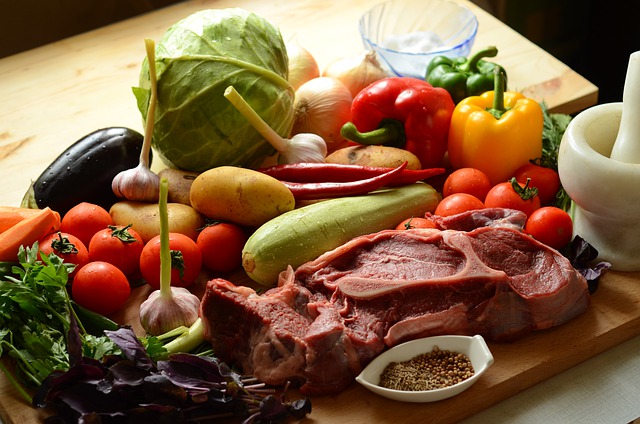Will food prices continue to rise?

Food prices are high and expected to rise further. Average price increases in 2022 ranged from 15 percent for potatoes and fresh fish to 65 percent for sunflower and rapeseed oil. If you compare June 2021, the price differences are even higher. The reasons for price increases are different and sometimes incomprehensible. This was also shown by a market check by the North Rhine-Westphalia (NRW) consumer advice center in March 2023.
When it comes to vegetables and fruit, for example, Germany is heavily dependent on imports from other countries. The price of imported goods such as lettuce, tomatoes, peppers and cucumbers has risen sharply in recent months. This is partly due to bad harvests due to extreme weather in the supplier countries around the Mediterranean. Potato prices had risen for five months after the poor harvest in autumn 2022, but have now returned to normal levels. The prices of vegetables and fruit have risen less than those of animal products and vegetable oils in percentage terms. Despite the pandemic and the Ukraine war, they are largely within the seasonal price cycle.
Crop failures in the producing countries also play a role in rising prices for grain. In addition, these are based on the world markets and stock exchanges, where wheat and corn are traded or speculated on. Despite falling prices, sunflower and rapeseed oil will probably not reach the level before the Ukraine war. This is because the high energy prices, especially for fuel, are driving up production costs. Meat production is also faced with higher costs, some of which have been passed on to consumers. However, it remains unclear how much of the additional income actually reaches the producers. According to a study by the management consultancy Ebner Stolz, the food trade in particular has benefited from the price increases for meat and sausage products. Since the sharp increase in energy costs is not yet fully reflected in sales prices, further price increases are to be expected.
For example, the sometimes very high butter prices could not be explained. The NRW consumer advice center assumes that this is a case of deadweight profits in retail to the detriment of consumers. One indication of this is the fact that prices have been falling sharply again since the beginning of 2023. In addition to the deadweight effects in the food value chain and speculation in raw materials, fertilizers and staple foods, the hoarding of stocks by companies, consumers and countries such as China is also driving price increases. Overall, food pricing is largely non-transparent and speculative.
Incidentally, organic food was not taken into account by the consumer advice center in North Rhine-Westphalia. As market data shows, these have not increased in price to the same extent as conventionally produced foods. One reason for this is the mandatory renunciation of expensive artificial fertilizers. If the positive effects of organic farming on the climate and the environment were included in the pricing, organic fruit and vegetables could even be sold more cheaply than conventional goods.
Irrespective of whether it is organic or not, consumers must be prepared to spend a higher proportion of their income on groceries. It is important to keep an eye on people who are particularly affected or threatened by food poverty and to support them. Because price increases put a particularly heavy strain on households with low incomes, so that they can no longer afford a health-promoting diet. Around three million people in Germany are now affected by food poverty.
Melanie Kirk-Mechtel, www.bzfe.de
